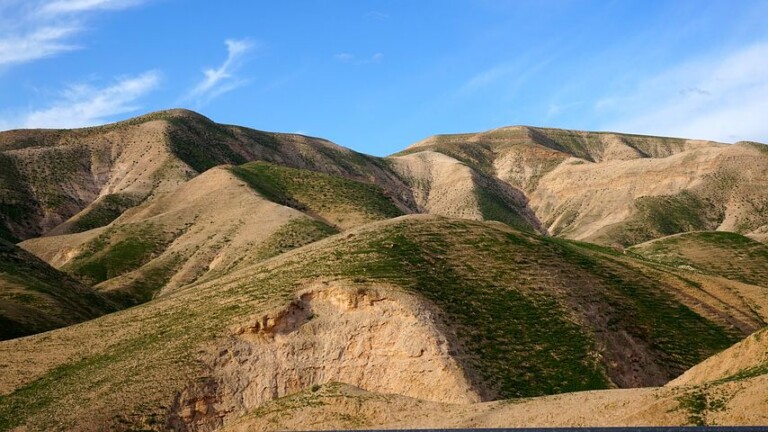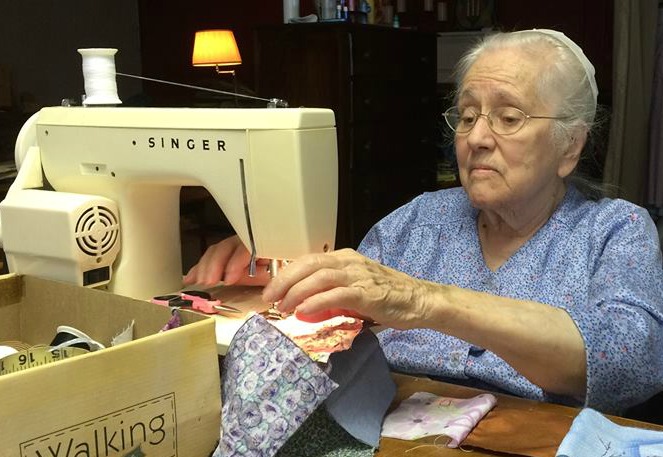How Being a Pilgrim is a Way of Life
The way I see it, anybody can be a tramp.
But not everyone is a pilgrim.
The other evening over dinner, I asked my kids for their definition of a pilgrim.
“A traveler, a vagrant, or a wayfarer,” one of them said.
“How about someone on a journey?” another replied.
Still another one answered, “Those people dressed in black and white with those strange hats.”
“A pilgrim is a wayfarer. He moves from place to place,” responded a fourth one.
The fifth child said, “A foreigner.”
According to my kids, I’m a pilgrim.
No, I didn’t arrive on the Godspeed, Susan Constant, or the Mayflower. I haven’t survived a treacherous journey across the ocean, only to find myself surrounded by Indians and strange foods.
I haven’t seen friends and family members die of unknown diseases.
I haven’t seen a large percentage of my colony die before spring.
Sure, I’ve had my share of suffering, heartache, and strained relationships. I’ve experienced grief and loss — and farewells to foreign countries.
But I’ve never wondered if we’d make it through the winter. I’ve never questioned if there’d be enough bread for the next meal.
Even so, I’m still a pilgrim.
There’s a world of difference between a tramp and a pilgrim. Both are traveling and moving about. Both have left a place of refuge and security.
Yet there’s a difference.
It’s called purpose.
I’m a pilgrim with a purpose. I hope I’m making progress.
A tramp lives for the next meal, the next friendship, the next job, or the next relationship.
A tramp has no long-term purpose. He survives from one job or meal to the next.
He’s a vagabond as well, and he can change his mind as quickly as the wind shifts on an autumn day.
Back in the days when the Pilgrims were planning their journey, they spent time preparing.
Maybe they weren’t as prepared as they could have been. They experienced things they’d never dreamed of before.
Still, they planned and prepared.
They had intent and purpose, and they planned accordingly.
Their ships had a course (of sorts) and they had a shore as their destination.
The journey for the Pilgrims was a seven-week crossing.
Before they could complete their housing, some of them came down with pneumonia and consumption.
People died — sometimes two or three a day. They dug graves at night so the Indians would not see how small their group was becoming. It was not as they had planned, this journey’s end.
But they kept at it, tending to the sick.
Making a life.
Years later, my ancestors set sail for this great country — with a purpose as well.
They pursued their purpose: religious freedom.
Those days of primitive navigation are behind us.
So, it seems, is the tenacity that brought our pilgrims here.
So, it sometimes seems, is the strength of character that defies the natural and strives for integrity.
I’ve gone from being a tramp to being a pilgrim. I’m gone from asking the questions, Who am I? Why am I here? Where am I going? to finding answers to those same questions.
It’s a journey of purpose,and it has a plan.There’s even a Guidebook to help me chart my course.
This journey isn’t without hardships or failure. It’s not without pain and loss.
Yet it’s a journey that has a promised destination—a dream to build on and a hope for which to live.
Sometimes I do well in my journey — and sometimes I hit rough waters and think I’m about to drown.
Sometimes the crops are flourishing, and sometimes there’s drought.
Sometimes there’s plenty of nourishment for my soul, and sometimes it seems the well has about run dry.
Sometimes I encourage other pilgrims, and other times they encourage me.
Sometimes, like the Pilgrims, I wonder what I’m doing in this foreign country.
I can focus on the country, or I can focus on the journey, aiming toward my destination.
The key, I’ve found, to staying on course is keeping my focus on the opposite shore.
Staying on course is more than just loving the Guide; it’s about obeying the Guide.
That’s what makes the difference between a vagabond and a pilgrim.
Until I get to the other side, I’ll always be a pilgrim.







